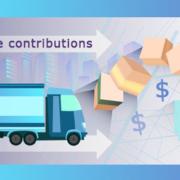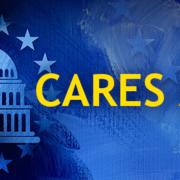Time to team up: Nonprofit partnerships
Limited staff and financial resources during the novel coronavirus (COVID-19) pandemic may have your not-for-profit looking for new ways to achieve your mission. Partnering with a like-minded organization potentially enables you to pool funds, staff and supporters — temporarily or permanently.
2 primary arrangements
There are many types of partnership arrangements between nonprofit organizations. But the two terms you’ll hear most often are:
1. Strategic alliance. This is a blanket term typically used to represent a wide range of affiliations. A strategic alliance can involve a relationship with another nonprofit, a for-profit or a governmental entity. Such alliances can take the form of joint programming, collective impact collaborations, cost sharing and many other arrangements.
2. Joint venture. A joint venture is a specific type of strategic alliance involving a contractual arrangement with another nonprofit, a for-profit entity or a governmental agency. The two entities become engaged in a solitary enterprise without incorporating or forming a legal partnership. A joint venture is otherwise similar to a business partnership, except that the relationship typically has a single focus and is often temporary.
No matter what type of alliance you make, many of the considerations are the same. To select the appropriate partnership model, examine your motivation for linking up. Do you want to save money by sharing administrative expenses? Will the union enable you to expand your reach? Will the collaboration involve a single initiative or involve multiple projects over a long period?
Sharing goals and expectations
The best alliances involve partners with similar goals and expectations — including financial ones. Ask, for example, whether your prospective collaborator has the necessary means. An alliance between a nonprofit and another entity, regardless of type, is like any business partnership: Your partner should have a good net asset balance and be able to live up to its financial commitments.
Then, make sure your values align. Does the entity have similar ethics and strong internal controls? Two working as one requires openness and trust between the parties. Remember, you’ll be sharing credit and responsibility. Also ask how donors — particularly corporate donors — will feel about your alliance. Be prepared to explain your newly defined or broadened target groups and causes.
New incentive
If your nonprofit has shied away from alliances because you safeguard your autonomy, today’s challenging conditions may provide a new incentive to team up. We can help you weigh the pros and cons of an alliance and analyze a potential partner’s financial situation.
© 2020













